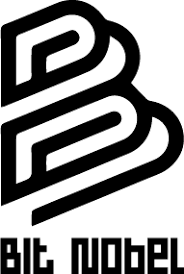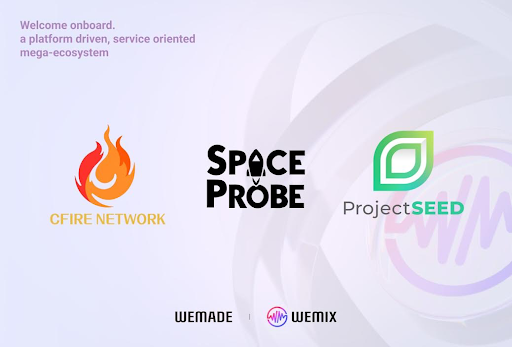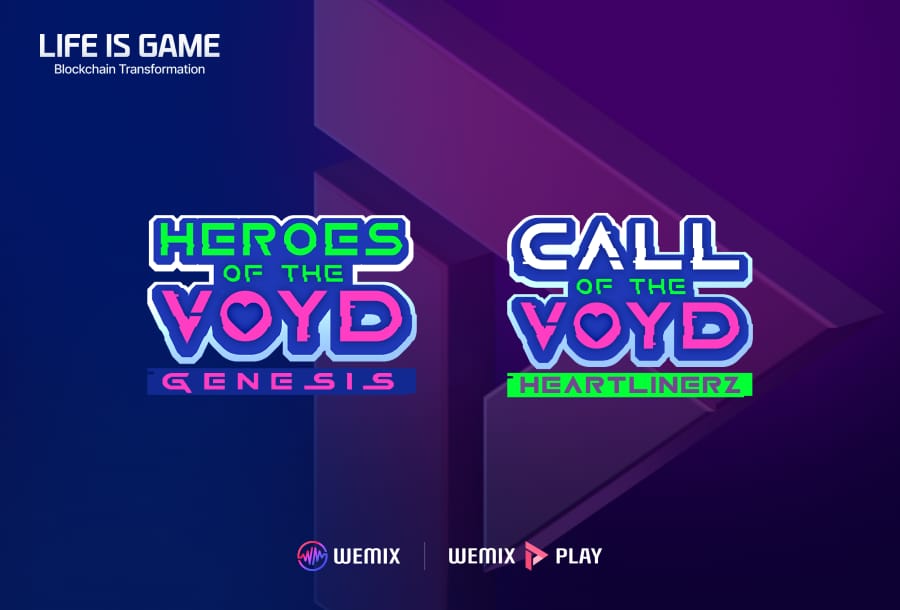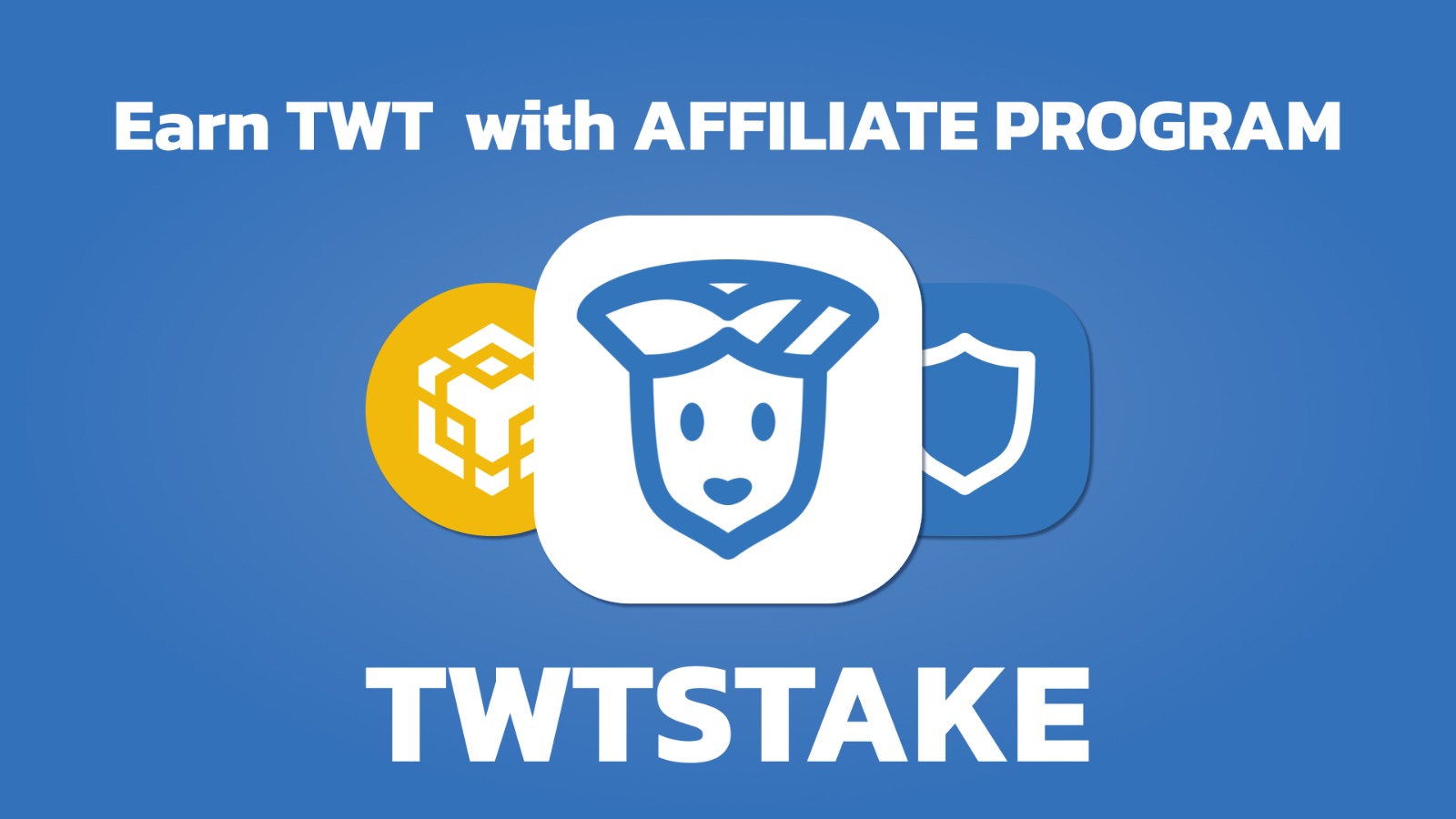Brale has gone live on the XRPL, enabling a regulated xrpl stablecoin path with RLUSD settlement, custody hooks, and fiat on‑ramps for fintechs.
Building stablecoins on the XRP Ledger leverages its native consensus mechanism, ensuring scalability and security critical for regulated asset issuance.
By integrating compliance controls within the ledger’s architecture, Brale simplifies regulatory adherence while maintaining flexibility for issuer governance.
“The XRP Ledger provides fast, low-cost settlement,” notes the XRPL documentation XRPL docs. “Each RLUSD token is fully backed by U.S. dollar deposits and redeemable 1:1,” says Ripple Ripple.
What is Brale and how does the brale stablecoin api operate?
Product overview and technical placement
Brale provides a licensed API that packages issuance, compliance gates and treasury hooks to issue tokens directly on the XRP Ledger. The API coordinates minting, burning and on‑chain controls while linking to off‑chain banking for reserve management.
How does Brale relate to stablecoin issuance xrpl?
Brale joins a set of issuers using XRPL tokenization to represent fiat value. By embedding compliance primitives at issue time, platforms can maintain permissioned flows using on‑ledger features rather than external permissioning layers.
Why is XRPL significant for stablecoins?
XRPL background and network characteristics
XRPL has been operational since 2012, delivering deterministic settlement and low fees. Its tokenization primitives and ledger-level controls make it suitable for regulated stablecoin deployments.
Integration advantages for exchanges and DeFi
Exchanges and market-makers can integrate XRPL tokens with lower overhead compared with cross-chain bridges. However, custody and compliance remain essential for safe listings.
What is RLUSD and how does rlusd settlement xrpl work?
Launch and circulation data
RLUSD launched in late 2022 and grew to nearly $900 million in circulation by mid-2023, according to on‑chain analysis and market reports (Cryptonomist analysis). That growth accelerated listings across venues and increased demand for on‑ledger settlement rails.
Market impact and liquidity considerations
RLUSD’s availability on multiple ledgers has shifted short-term liquidity, prompting new custody arrangements and treasury workflows to reconcile on‑chain events with bank settlements.
In brief, RLUSD’s rapid adoption highlighted the need for transparent reserves and robust settlement orchestration.
How integrate stablecoin custody solutions and fiat onramp to xrpl?
Treasury connectors and custody steps
Treasury connectors link issuer wallets to custody providers and bank rails so that a single API call can trigger mint/burn events and fiat transfers. This reduces operational friction for fintechs moving between on‑chain and off‑chain balances.
Operational checklist
- Map KYC/AML to authorized trust lines.
- Align settlement timing between ledger finality and bank cutoffs.
- Confirm custody SLAs and reconciliation cadence.
For a focused briefing on Brale’s launch and current listings see our coverage and consult comparative analysis at Cryptonomist’s stablecoin analysis.
Where can readers find technical and issuer documentation?
Issuer disclosures and external resources
Issuer pages and protocol docs are primary sources for reserve policies and governance. For protocol-level details consult XRPL documentation, and for issuer statements see Ripple. A concise XRPL primer is available at Cryptonomist.
Coverage at Cryptonomist confirms Brale is live on XRPL and that stakeholders are monitoring adoption closely.







